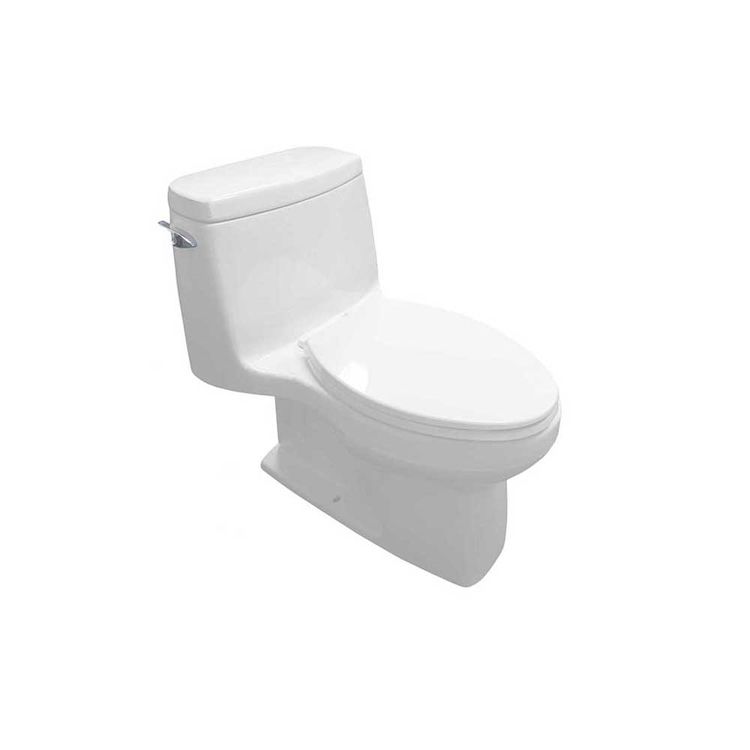

Further, minimum time-to-line crossing and coefficient of variation in speed were considered as explanatory variables to investigate their influence on overtaking and crash probabilities.
#Imate 3811 review drivers#
The driving performance was assessed using minimum time-to-line crossing and coefficient of variation in speed to dissect the safety margin adopted by the drivers while overtaking the lead vehicle. Three different time pressure conditions: No Time Pressure (NTP), Low Time Pressure (LTP), and High Time Pressure (HTP) were considered for analyzing driving performance of the drivers while executing overtaking maneuvers.

Eighty-eight participants data were analyzed in the current study.
#Imate 3811 review simulator#
Therefore, a driving simulator study was designed to examine driving performance of the drivers and its implication on overtaking and crash probabilities under increasing time pressure conditions. The research conducted on overtaking maneuver for evaluating drivers' safety showed adverse effects of urgency on driving performance and decision making. This may result in warnings that come too late and result in too little time to respond for the driver.

However, the reliability of the approximation is only satisfactory over a very short time range before the lane boundary is actual exceeded.
#Imate 3811 review driver#
This indicates that for lane keeping support systems and systems that detect when the driver has fallen asleep and drifts out of lane, a simple algorithm for TLC estimation may give reliable results, while this algorithm is not accurate enough for more fundamental studies of driver behaviour. In contrast to normal lane keeping, it was found that prior to crossing the lane boundary, the simple approximation resulted in more accurate estimation of available time before the lane boundary is exceeded compared to the more complex approximation. In these cases no TLC minima exists since these only occur as a result of correcting steering actions to stay within the lane. In two other experiments the vehicle exceeded the lane boundary, either intentionally as a result of a lane change manoeuvre, or unintentionally as a result of impaired driving. A way of computing TLC that takes account of the curved path of the vehicle resulted in a good fit of TLC minima. It was concluded that this simple approximation is not suitable for measuring TLC minima in studies of driver behaviour. The minima of TLC were compared with two approximations and it was found computing TLC as lateral distance divided by lateral velocity gave poor results. Three experiments are presented in which the accuracy of different methods to approximate time-to-line crossing is assessed the first experiment TLC was computed, using a trigonometric method, during normal driving while the vehicle stayed in lane.


 0 kommentar(er)
0 kommentar(er)
